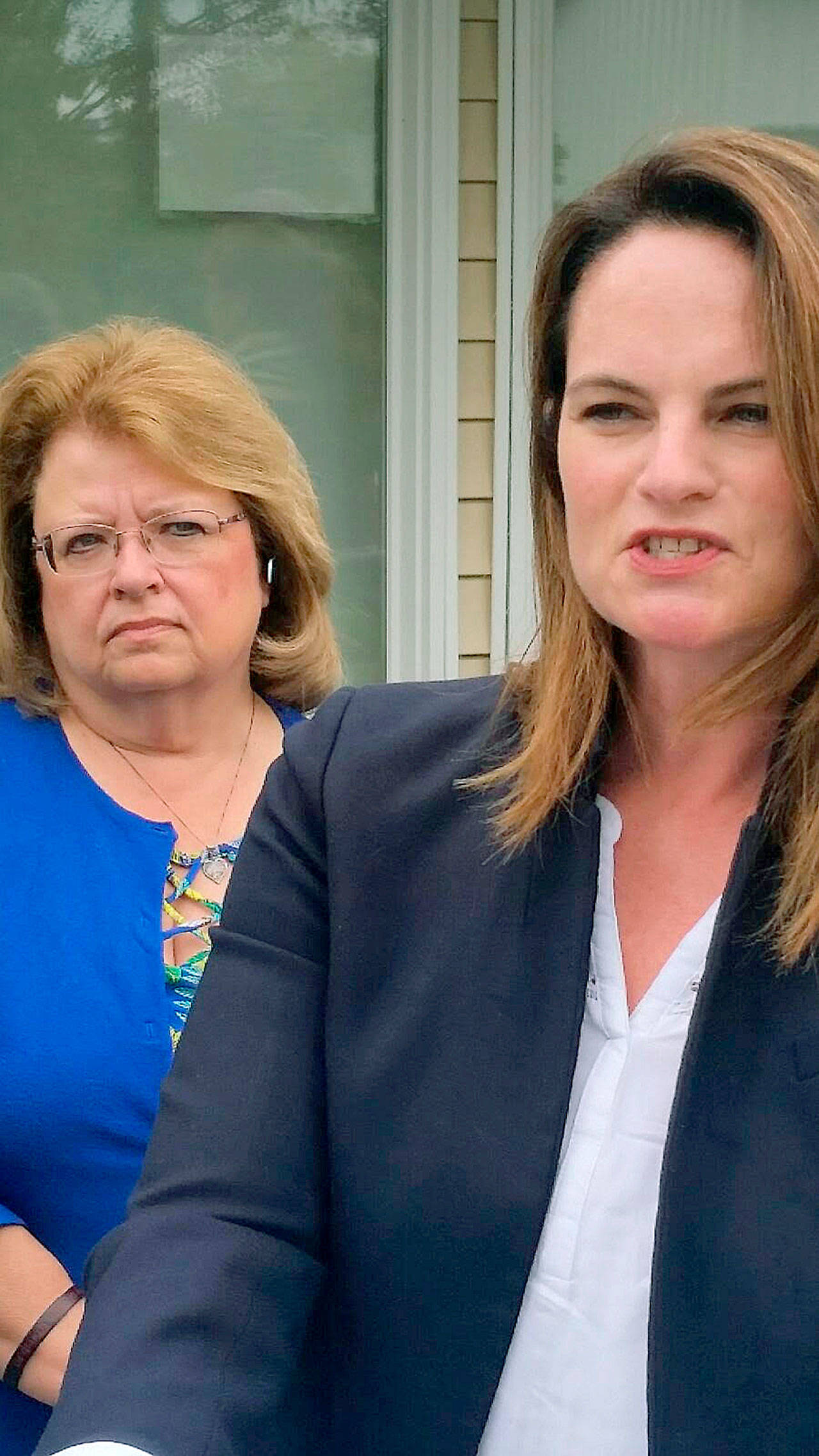Too many people carry harmful caricatures of those among their fellow citizens who rely on food stamps – consider them lazy sponges, parasites, idle moochers, or otherwise paint them with broad strokes that do not fit most of the cases.
So, what if the critics of food stamps should one day look those actual flesh-and-blood human beings in the face, in the eyes? What, or, better yet, who, would they see?
Well, they’d see the woman who finds the 10 hours she puts in every day at her shop never brings in enough revenue to support herself and her kids – they’d see low-income senior citizens on fixed incomes. Disabled veterans and working parents with children.
For such as these, food stamps are not some nefarious means to avoid labor or go full coach potato – they are essential to putting food on the table from the local grocery store, farmers market and farm stand. In Washington state alone, there are more than 1 million people just like that, and 90 percent of them have jobs.
They are the ones who, in real time and space, stand to lose big if the Supplemental Nutrition Assistance Program (SNAP), or food stamps faces the massive cutbacks and changes to eligibility that some of the program’s determined opponents in Congress are demanding.
The $867 billion, five-year bill provides a broad range of programs under the wing of the U.S. Department of Agriculture. Among those are commodity subsidies, federal farm loan programs – and SNAP.
Recently, farmers and members of the local faith community came to the Auburn Food Bank to call attention to the perilous state of SNAP in the U.S. House of Representatives.
As Debbie Christian, executive director of the Auburn Food Bank, said, feeding the disadvantaged should not be an “us-versus-them problem, it should be everybody’s problem,” an issue that by its very nature calls for a bipartisan approach.
“In our world here at the food bank, the senior population is going to be hit the hardest,” Christian said. “They are the ones with fixed incomes. Every time a price goes up, that’s less money in their pockets. If you take away their food stamps, they are not going to have any money to go to the grocery store. That means they’ll come here again, when they have already been once or twice that month. They can’t keep that up. There’s not enough food out there to support them.”
For every one meal the Auburn Food Bank provides, Christian said, SNAP provides 12. And even if the Auburn Food Bank should heroically double its balance of the ratio, the ratio would still be 2-to 11. The immutable fact is that the Auburn Food Bank can never make up the difference. As Christian said, SNAP bridges that chasm.
Rosella and Burr Mosby of Mosby Farms on Green Valley Road, one of 35,000, mostly small, family-owned farms in the state, support the Auburn Food Bank.
“I can tell you, we want to see the fruits of our labor go somewhere and not rot in the fields or go to landfills,” said Rosella Mosby. “We want to see the food we grow benefit our community. We believe in giving back to our community, and we often give to the Auburn Food Bank. But as we all know, it’s a small drop in the bucket and not nearly enough to help the needs of our community,”
Christina Wong, director of public policy and advocacy for Northwest Harvest, said that 80 percent of every federal dollar spent on SNAP generates $1.79 in local economic activity, which not only helps people buy food at the grocery store but at farm stands, courtesy of benefits provided by Women’s, Infants and Children’s (WIC) program, Freshbucks, DoubleUp Bucks and Fresh Match.
“All Washingtonians should have equitable access to nutritious food. Washington needs a bipartisan farm bill,” Wong said.


